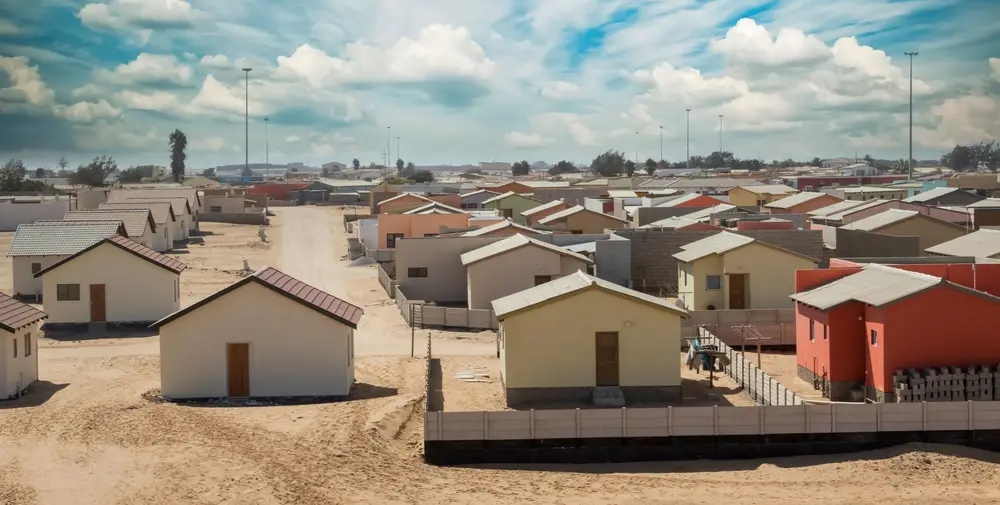The Hidden Costs of Low-Cost Properties

Low-cost properties may seem attractive as an effective means of building wealth while spending minimal upfront capital, yet these are ultimately one of the costliest ways to reach and sustain financial freedom. Here’s why.
What Determines Prices and Rents? Real estate prices and rents are determined by supply and demand. When sellers meet or surpass buyers consistently, property prices usually remain stable or decrease slowly over time if prices increase at all. Furthermore, when prices are affordable enough for more people to buy their own properties than rent them resulting in either flat rents or gradually increasing ones over time.
Where there is consistently more buyers than sellers, property prices tend to increase and rents and prices to go up, outpacing inflation in some locations.
Here are two indicators of an area in which rents and prices will likely keep pace with inflation:
Population expansion in a metro area: For housing prices and rents to increase faster than inflation, rapid population growth must accompany demand for housing units.
Low crime: On average, corporations only last 10 years while S&P 500 companies tend to endure for 18 years, which means most nongovernment jobs your tenants currently hold may become extinct in the near future. For your tenants to maintain their current rent level without an increase or decrease, new companies with jobs with similar wages and skills should open operations in your city quickly – high-crime cities usually are not considered ideal spots for such endeavors and without replacement jobs or replacement opportunities, your tenants could find themselves accepting lower paying service sector positions which may either reduce rent or, at best, limit potential rent increases.







